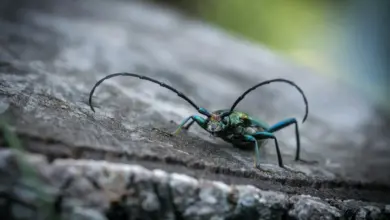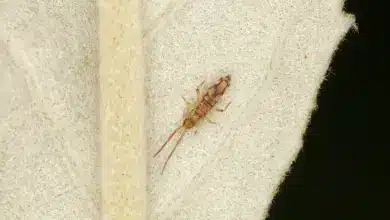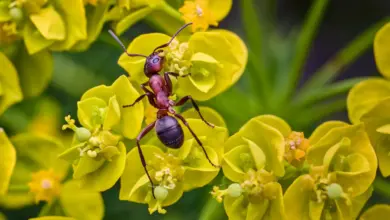What Eats Insects?
What Eats Insects? What Do Insects Eat?
Insects play a significant role in the global food supply chain. Insects are an important source of food for many animals, and they also feed on plants and smaller insects.
Understanding what insects eat and what insects eat provides useful insights into larger ecological systems.
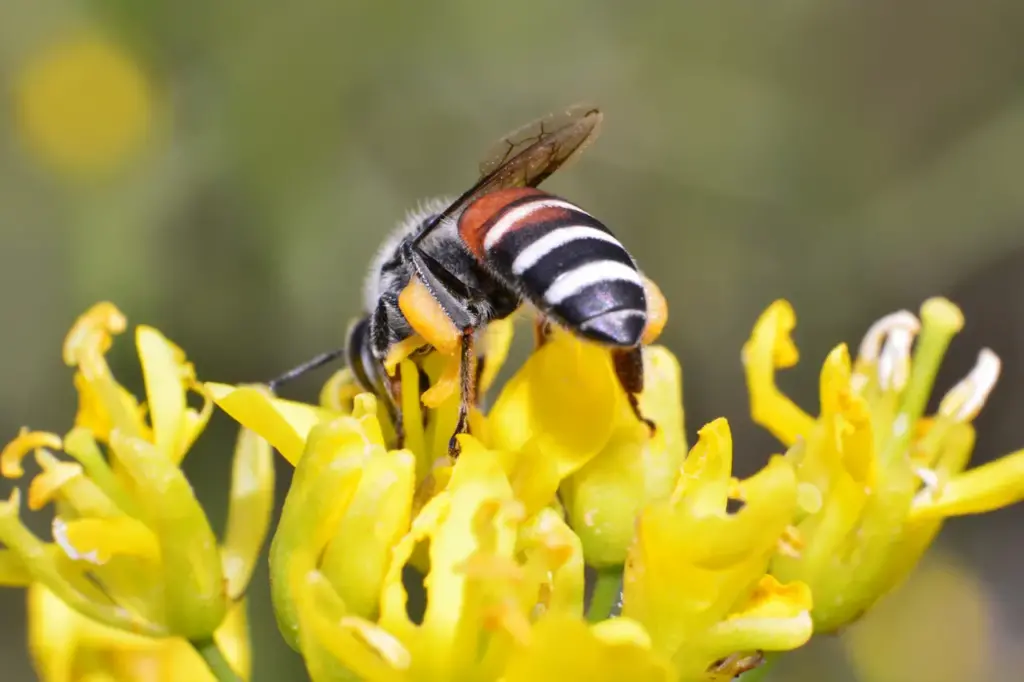
What Eats Insects
What Eats Insects?
Insects are consumed by many different animals as their primary food or as an additional source of nutrition. Here are some of our main insect predators.
Birds
Birds consume massive amounts of insects. Sparrows and other backyard birds like chickadees and swallows eat insects such as flies and mosquitos. They also eat caterpillars and beetles. Birds are a great way to control insect populations. Some species are specialized in catching insects while flying.
Bats
Bats eat insects voraciously at night, filling the void left by birds. One bat can consume over 1,000 insects the size of mosquitoes in an hour. Bats are a great way to control the pest population of moths and other insects like flies and beetles. Some bats are insect-eating generalists, while others hunt specific prey.
Spiders
Spiders are clever insect predators. Orb-weaver spiders use sticky webs to catch flies, while jumping spiders or wolf spiders hunt insects. Spiders are effective in controlling the populations of nuisance insects such as mosquitos, houseflies and clothes moths.
Amphibians & Reptiles
All frogs, snakes, lizards and toads eat insects. Frogs and Toads have sticky tongues that allow them to catch flies and other insects. Snakes and small lizards like to eat insects such as grasshoppers, caterpillars, crickets, and beetles.
Fish
Many fish species feed off insect larvae or adults that fall in the water. Trout, bass and bluegills will attack water striders and aquatic insects such as mosquitos and mayflies. Fish are important in controlling dragonfly, midge, and mosquito populations.
Mammals
Insectivorous mammal species like hedgehogs and anteaters eat insects exclusively. They eat ants, beetles and other insects. Bats also eat insects. Even primates such as tamarins consume insects.
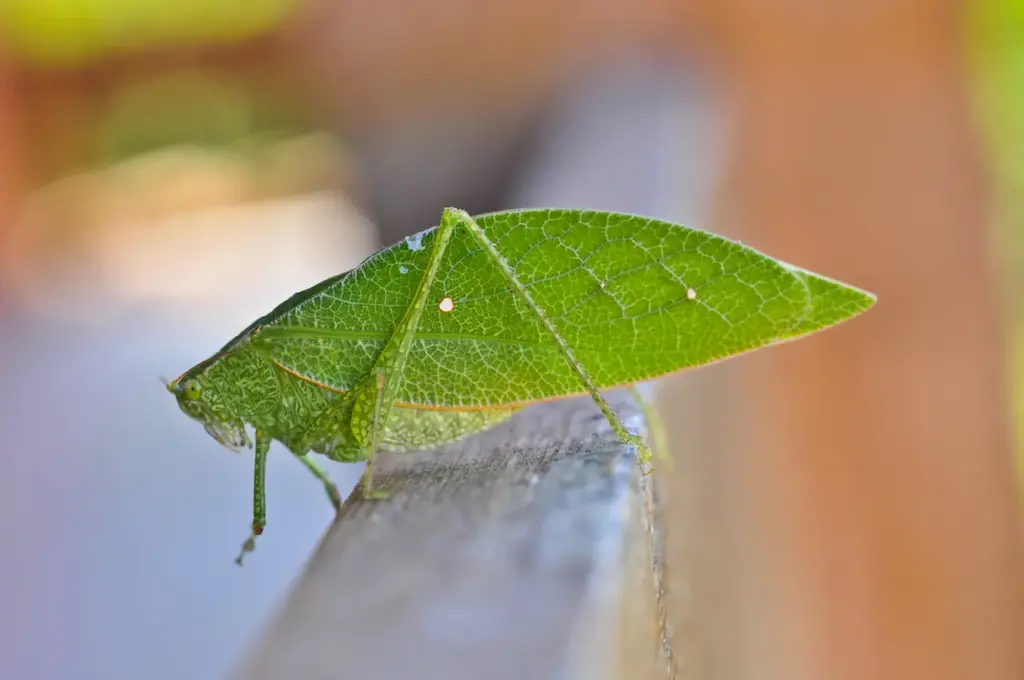
Carnivorous Plants
Venus flytraps and pitcher plants can be used to trap and digest insects like flies and beetles. These plants evolved to eat insects in soils that are low in nutrients.
Other Invertebrates
Other invertebrates such as centipedes and ground beetles can also kill and eat insect. It is common for predatory insects to eat smaller members of their own species or other similar species.
What Do Insects Eat?
In the same way that insects are a staple food for many large animals, insects also eat a variety of different food sources. Different insects have evolved to eat different foods.
Degrading Organic Material
Decomposers are insects that feed on decaying plant matter like dead wood and leaf litter. By consuming decaying material, termites, burying insects, and many fly larvae recycle nutrients into the ecosystem.
Living Plants
Herbivorous insects feed on plant material. Caterpillars and other insects such as grasshoppers and cicadas eat plant leaves, stems and roots, pollen, seeds and sap. They can be agricultural pests because they eat leaves, stems, roots and sap.
Wood
Carpenter ants and other insects consume wood by tunneling into it. This breaks down trees, and helps forest nutrient cycles. Some insects only attack dead wood, while others also attack living trees.
Blood
Mosquitos, biting midges (biting midges), blackflies, lice, bedbugs and kissing bugs are all blood-feeding insects. They penetrate animal skin and suck up blood to get iron and protein. The only insects that feed on blood are female insects, which need the nutrients to lay eggs.
Other Insects
Many predatory insect species eat other insects. Dragonflies and other predatory insects like assassin bugs and ground beetles capture and consume insect prey such as flies and aphids. This helps control insect populations.
Carrion
Some insects feed off dead animals. The carrion beetles and blowflies help to break down decaying carcasses. Dung beetles feed on the feces from herbivores such as cattle and deer.
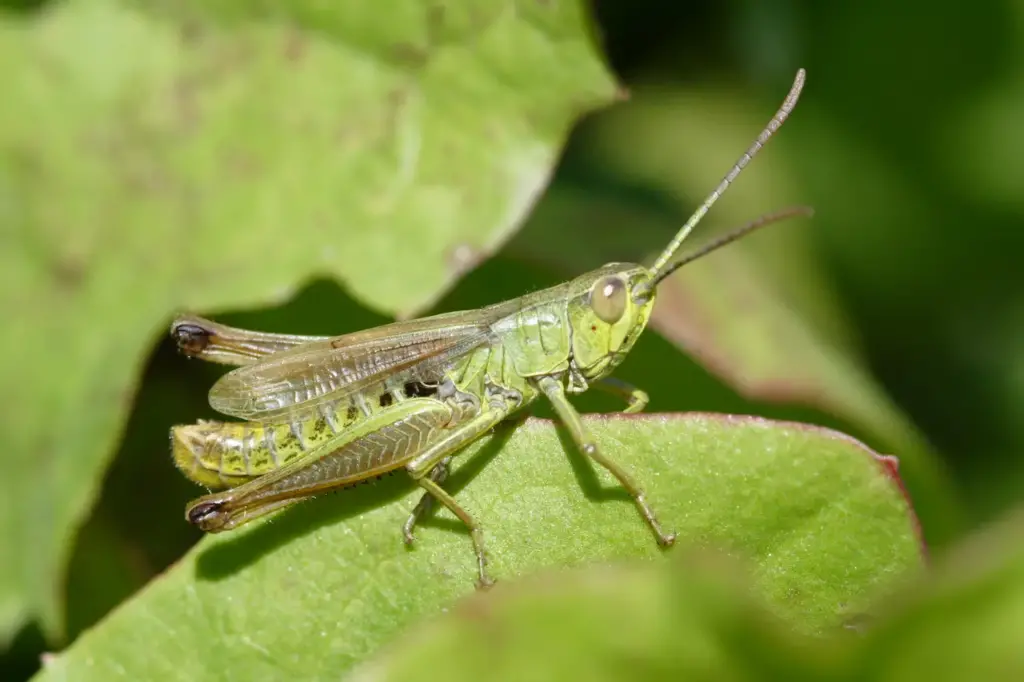
Fungi
Some insects have gut bacteria symbiotic with each other that allows them to digest wood and other tough materials. Some beetles, flies and other insects rely on fungi to provide nutrients and disperse spores. Some ants will even grow fungi as food in their nests.
Nectar and Pollen
The nectar and pollen from flowering plants is consumed by bees, butterflies, some moths and some beetles. They get energy from this and also help pollinate plants. In exchange for pollen transfer, plants provide these insects with nutritious rewards.
Fruits and seeds
Fruits and seeds are eaten by some insects. Fruit flies eat fermented, rotting fruit. Locusts, longhorn beetles and weevils feed on the hard seeds of plants and help disperse their seeds.
FAQs
What are some of the most common insect predators?
Birds, bats (including frogs), spiders (including lizards), fish and other predatory insect species are the most common insects that prey on insects. Shrews, moles and hedgehogs are also insect-eating mammal species.
What are the preferred prey of insect-eating birds?
Some birds are opportunistic insects and will eat whatever small insects they can catch. Some of their favorites are beetles and caterpillars. They also like ants, grasshoppers. flies. mosquitos. aphids. midges. crickets. Aerial Insectivores such as swallows prefer flies and mosquitos.
Why are bats effective insect predators
The bats are well adapted to hunt insects at night. The bats use echolocation for detecting tiny insects and catching them with precise flight directions. The bats eat a large number of insects compared to their size. They consume over half their body weight in bugs every night.
What are the benefits of insects to carnivorous plant species like Venus flytraps
Carnivorous plants thrive in soils that are deficient in nutrients. They get additional minerals, nitrogen and phosphorus from eating insects. Trapped insects supply these plants with essential nutrients for growth. In turn, the plants provide habitat for insects.
What plants do insect herbivores attack?
Many insect herbivores can be agricultural pests, or they may attack valuable ornamental plants. Other bug-eaters like caterpillars, beetles and aphids can harm food crops such as corn, soybeans and cotton as well as landscapes plants. Chewing bugs consume leaves and stems, while sucking insects extract juices.
Why do some insects feed upon blood?
Only female insects consume blood. Blood provides iron and protein needed for the production of eggs. Mosquitoes, fleas and lice are all blood-feeders. Their mouthparts have been adapted to pierce skin and sucking up blood. Blood meals trigger egg production. Males do not blood feed.
What are predaceous ground insects eating?
The ground beetle is a common garden predator that feeds on a wide variety of arthropods and small insects. They attack caterpillars and other soft-bodied insects, such as aphids. The ground beetles are a natural biocontrol agent for many pest insects.
What are the benefits of insects decomposing organic matter to ecosystems?
Insects like termites and burying beetles and fly larvae do help recycle decaying animal and plant matter. They return important nutrients, like nitrogen andphosphorus, to the soil in order to support plant growth. Together with bacteria, they play a key role in decomposition.
Conclusion
Insects are a vital link in the food chain. Insects are eaten by many insect predators, and they also feed on a variety of food sources.
Understanding the complex relationships between ecosystems is important for understanding how healthy ecosystems function. Insects play a vital role in the energy and nutrients flows that sustain all life on Earth.

